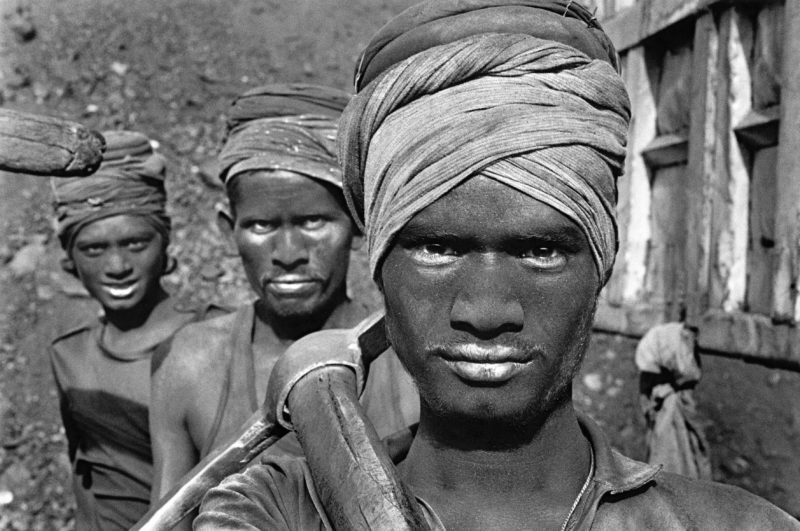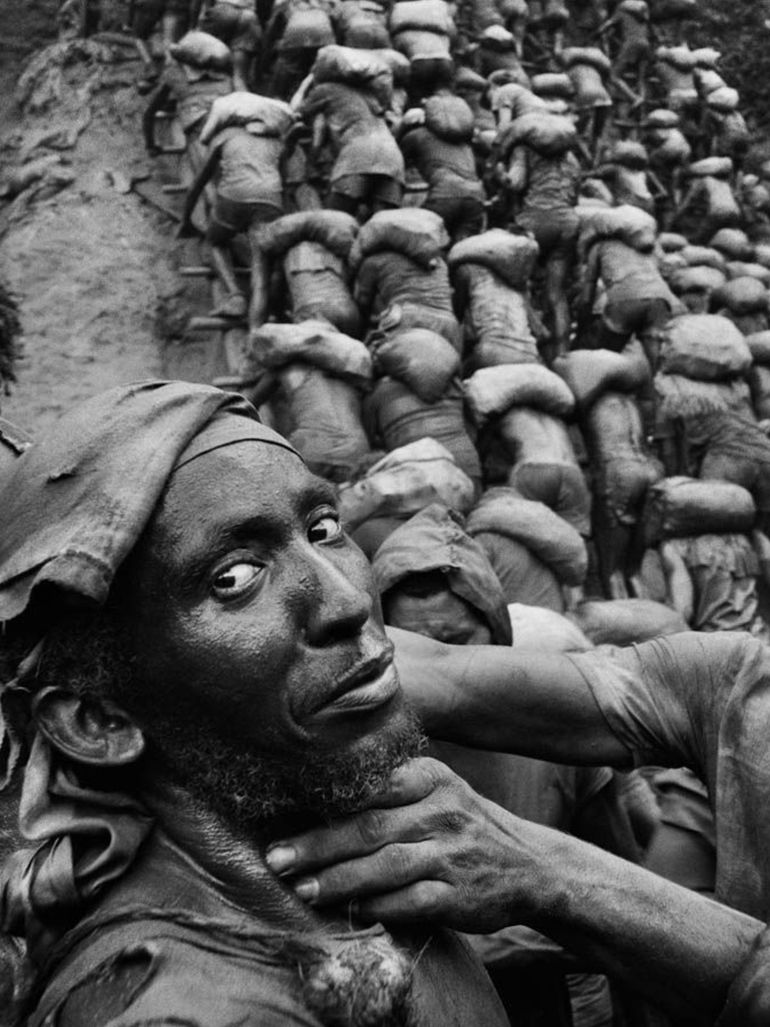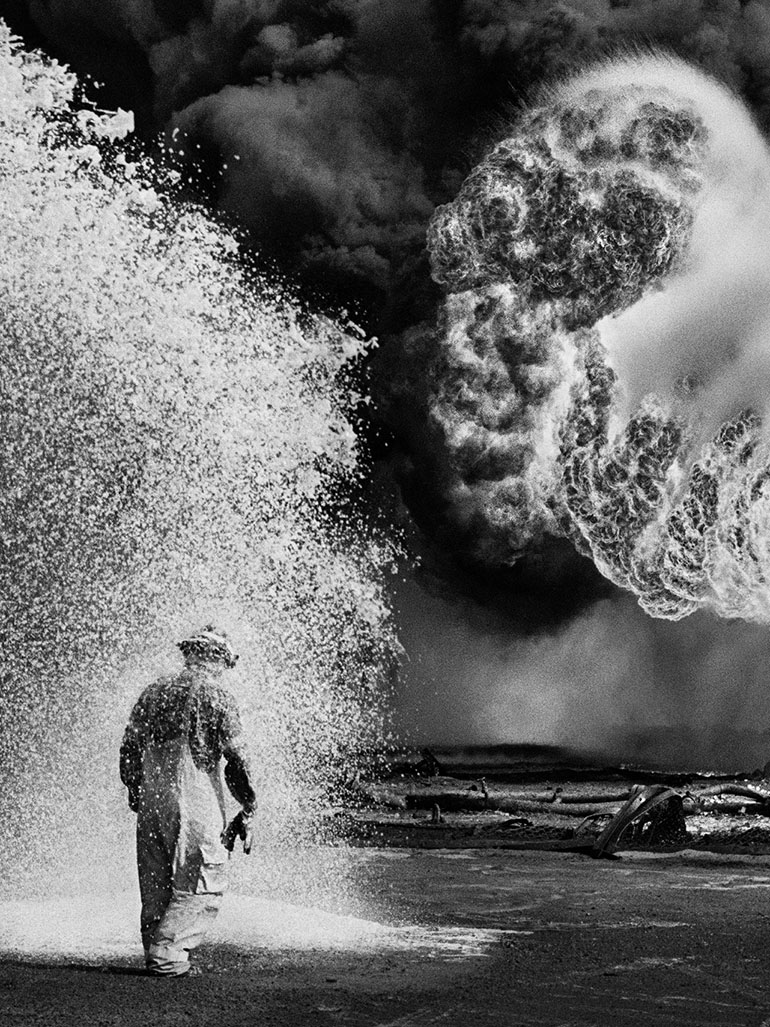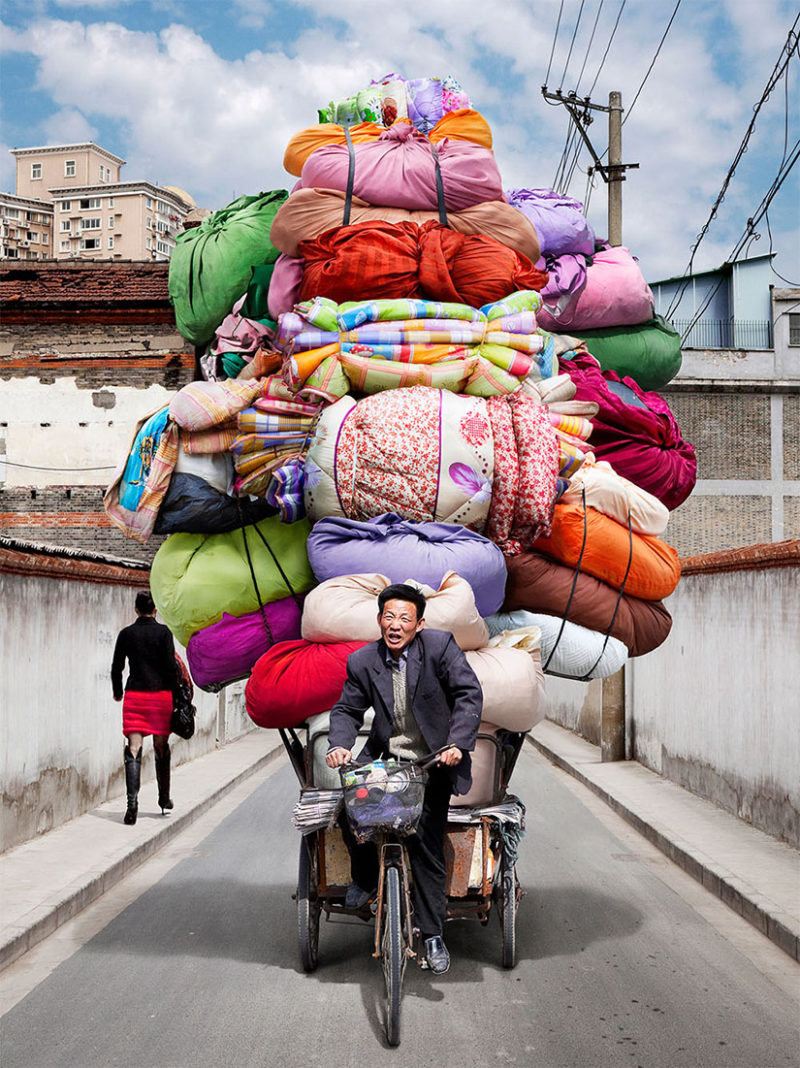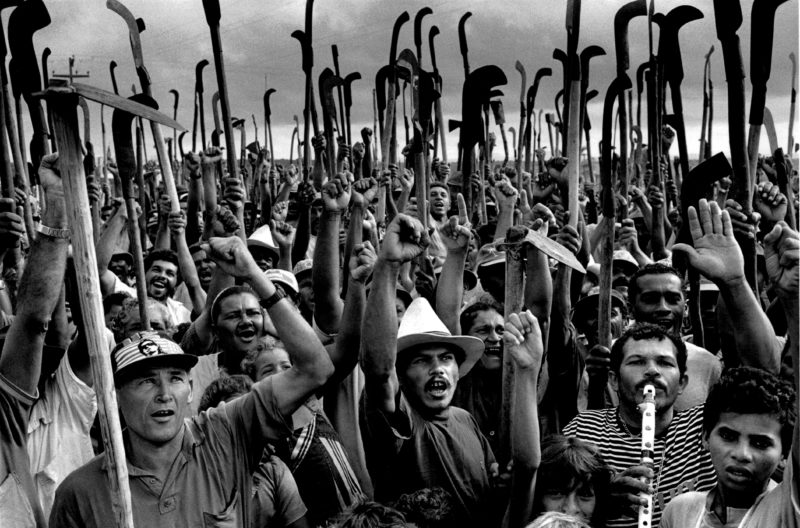
The Story in Sebastiao Salgado’s Workers
Sebastiao Salgado’s 1 Workers is an exceptional photography series and book, thanks to its detail in men at work in the lowest levels and harshest conditions. His work shows solidarity with the world’s poorest societies.
He seeks to recognize and appreciate the isolated peasants and refugees who represent a large portion of humankind. Salgado focuses on oppressed workers of South America, comprising men and women who are overworked and underpaid.
The book is a journey into activities that define the real labor force responsible for changing the world with major constructions. It also depicts the transformation from the Stone Age to the present industrialized levels.
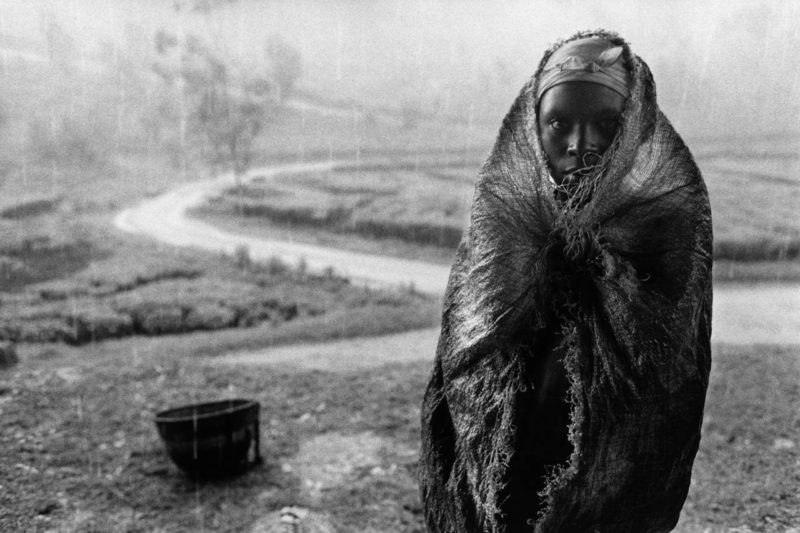
Workers – An archaeology of the industrial age
The title summarizes the content perfectly. Salgado examines the people responsible for turning the great economic machine at the basic ground level. You will rarely see much of the elite. Their absence creates the impression the photojournalist either dismisses their role in building nations or ignores their efforts.
It is easy to understand his choice of focus. Boardroom meetings and paper-filled offices do not make unusual photographic subjects compared to literal manual work. Physical labor provides close and relatable views of the spectrum.
You will be taken through an intimate journey of hardworking individuals, From men in sulfur ores with bare hands to the workers in Brazil’s largest and most dangerous mine 2. The stories told are barely clean or organized. Most of the photos involve dirty, oily, textured, sweaty events.
The book is divided into different industries: Mining, oil, agriculture, food, and construction. The visual information in the book reveals the unwavering spirit of the poor workers without a better option for survival. It is a sad poem that communicates ancient methods of production and labor. Workers use it to pass a message of hope and endurance.
This book has pieced together photos collected within six years, between 1986 and 1992. The duotone images elaborate on the experience regarding travel that this author has experienced. It comes with extended captions for historical and geographical facts about the pictures. This is a story of resilience and labor.
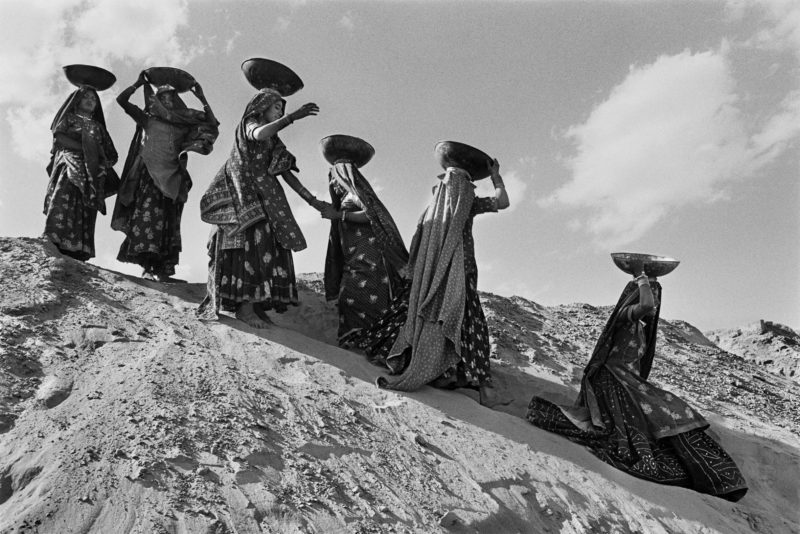
Review
Salgado’s work is usually in black and white. He doesn’t seem to pay attention to the role of color in telling stories. The best improvement to expect from them is the slight bronzing during printing. Although the photos may not be strikingly attractive, they retain their feel and depth. Even after viewing the originals, you will still associate the bronzed ones with more reality and authenticity.
Salgado used the best quality and technology in printing the photos. They are excellent thanks to the depth of the black color and rich tonal variations. For wider subjects, there are foldout pages. Workers is an impressive collection that catches the attention of everyone. Even for those not keen on photojournalism, the story told in this book is irresistible to follow by most people.
Sebastiao’s images of the world’s underprivileged stand in tribute to the state of mortals. The pictures in his work express dignity bestowed on neglected and isolated people. These are mainly the indigenous people who live in South America to the refugees stricken by famine in the Sahel. The work exposes and upholds a persistent spirit of working men and women striving to survive against the odds around them.
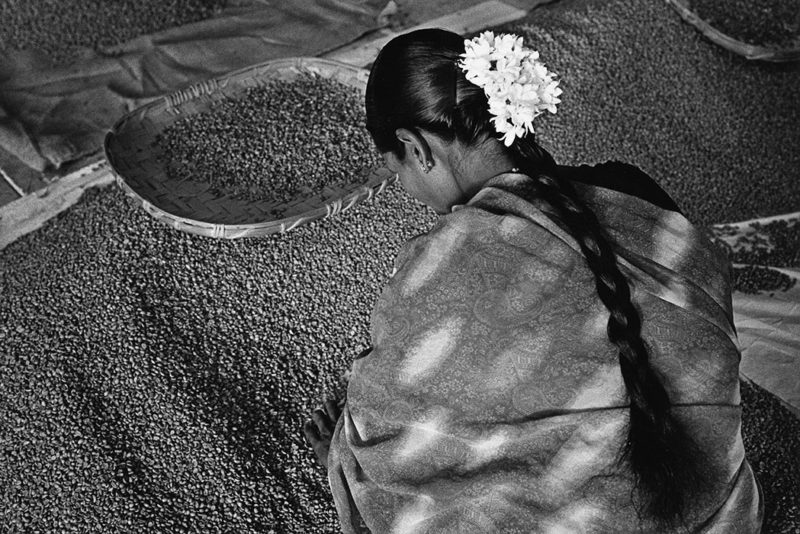
Global scope
Sebastião Salgado’s Workers series is a testament to his dedication and commitment to capturing the essence of labor across the globe. Over six years, he journeyed to more than 26 countries, immersing himself in diverse cultures and environments. This global perspective not only showcases the universality of work but also the unique challenges and conditions faced by workers in different regions.
Diverse professions
From the shipbreakers of Bangladesh to the coal miners of India, from the oil workers in Kuwait to the sugarcane harvesters in Brazil, Salgado’s lens captures a vast array of professions. This diversity paints a comprehensive picture of the world of manual labor, highlighting both the commonalities and differences in work across different sectors and geographies.
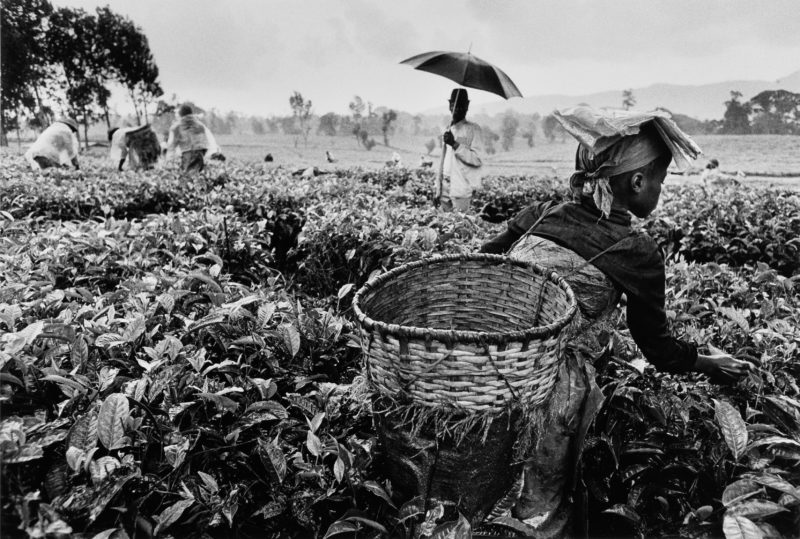
Human endurance & dignity
One of the most striking aspects of Salgado’s Workers series is his portrayal of the sheer physicality, endurance, and resilience of the laborers. Despite often working in grueling conditions, the subjects of his photographs exude a sense of dignity and pride. Salgado’s images serve as a poignant reminder of the human spirit’s capacity to persevere.
Artistic quality
Beyond their documentary value, Salgado’s photographs stand out for their artistic excellence. His choice of black and white photography accentuates the contrasts, textures, and emotions of each scene. His impeccable compositional skills, combined with his ability to capture candid moments, result in images that are both visually stunning and deeply evocative.
Industrial landscapes
In addition to intimate portraits of individual workers, Salgado masterfully captures vast industrial landscapes. These images provide a sense of scale, showcasing the enormity of human endeavors and the industrial machinery that often dwarfs the individual. These landscapes also highlight the environmental and societal impact of large-scale 3 industrial projects.
End of an era
Salgado’s Workers series is more than just a collection of photographs; it’s a historical record of the twilight of the industrial age. As he documents industries and jobs that were fading or undergoing transformation, Salgado offers a glimpse into a pivotal moment in history, marked by technological advancements and the forces of globalization.
Social commentary
Beyond capturing the aesthetics of labor, Salgado’s work is imbued with deep social commentary. Through his images, he draws attention to the disparities between the industrialized world and developing nations, the exploitation of labor, and the environmental toll of unchecked industrialization. His work serves as a call to action, urging viewers to reflect on the broader implications of the scenes he depicts.
Book layout
The Workers book is a masterclass in visual storytelling. Each image is carefully curated and placed in a sequence that weaves a broader narrative about the world of work. Accompanying texts provide invaluable context, offering insights into the lives, challenges, and aspirations of the workers featured in the photographs.
Legacy
The global exhibitions and widespread acclaim of the Workers series have cemented Salgado’s reputation as one of the preeminent documentary photographers of his era. More importantly, his work has shone a spotlight on the often overlooked lives of manual laborers, ensuring that their stories, struggles, and triumphs are recognized and celebrated.
Conclusion
Salgado uses Workers to depict an important yet neglected part of the world. The hardworking people are responsible for building civilizations but do not get credit or recognition. He is keen on providing unforgettable images of what life is at the grassroots level. The physical part is in deep contrast to the event-less office work, where the participants get the highest credit.
Hopefully, it will teach most people a lesson about this sometimes forgotten part of society. Its tonal inspiration and detailed picture stories make it a recommendable book to all generations. The pictures contain enough detail to tell many stories within the main story. There are, therefore, many themes that emerge from the photo collection.
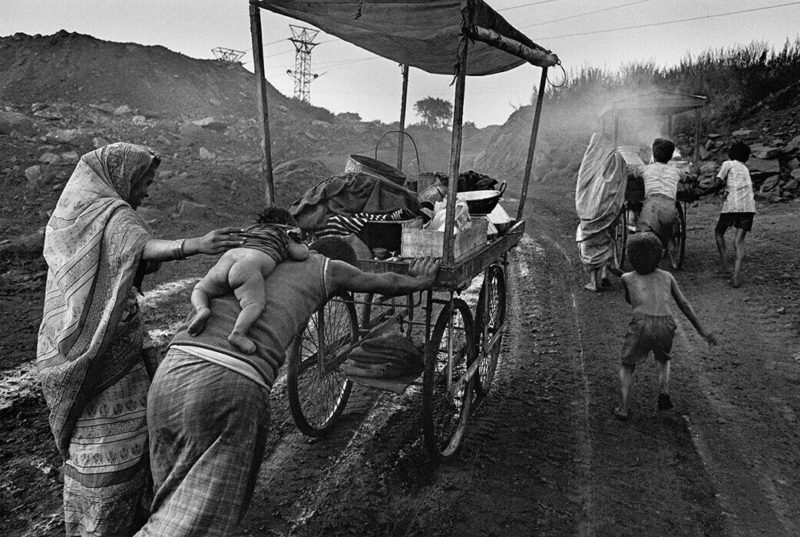
About Sebastião Salgado
Sebastio Salgado was born in Brazil and began his passion as a photojournalist while in school. Before founding his agency (Amazon’s Images), he worked at Magnum and other firms for a long time. His fame and role in society earned him the position of UNICEF ambassador. He has worked with WHO and other international NGOs around the globe to improve the lives of poor, unprivileged masses.
He seems to prefer megaprojects that take a long time to complete as opposed to short projects. One of the longest projects is Genesis, which began in 2004 and was completed in 2013. He is experienced in combining perfect presentation and framing.
The photos are creatively and dynamically produced. It is easy to notice the intense lighting and emotional aspect associated with his precision. The images in all his books provoke an emotional reaction in the viewer.
